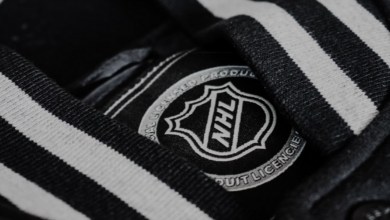Throwback Thursdays – Singing the Blues
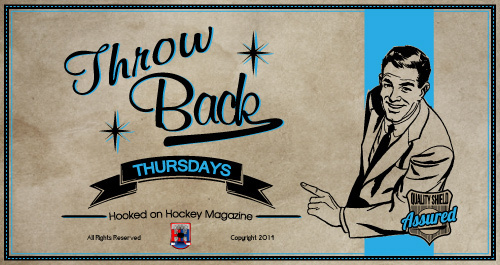
First of all, congratulations to the new Cup champions, the St. Louis Blues. The Boston Bruins gave them a hell of a series, but the Blues were able to win with unmatched depth and clutch performances from different players throughout the lineup.

In last week’s article, we looked into what I declared as the “original McSorley,” AKA the time Wayne Maki of the Blues hit Ted Green of the Blues over the head with his stick, causing Green to convulse on the ice, require two head surgeries, and miss an entire season (a season in which the Bruins beat the Blues in finals – and Bobby Orr did his thing).
For this week’s article. We’re going to take a brief look into the Blues foundation, and the 1967 expansion that brought them into existence.
The NHL was looking to expand in the summer of 1967. The Original Six was good history for the league, but there was demand, and plenty of markets to look into. The NHL sought to double their size, going from the Original Six to twelve teams, making the 1967 NHL expansion the largest (in terms of the number of teams created) ever undertaken at one time by an established major sports league.
The original idea for expansion actually came in 1963, when New York Rangers executive William M. Jennings suggested two new teams should be added to the league in time for the 1964-65 season. The NHL had just lost their TV deal with CBS and Jennings felt expanding to the west coast could truly make the league national, and create more interest in media coverage. Other members of the NHL Board of Governors did not agree to Jennings proposal at the time, however expansion was not far off.
The expansion process formally began in March 1965, when NHL President Clarence Campbell announced that the league proposed to expand its operations through the formation of a second six-team division. San Francisco – Oakland and Vancouver were declared “acceptable cities” with Los Angeles and St. Louis as potential sites. In February of the following year, the board considered applications from 13 different ownership applicants, including five from Los Angeles, two from Pittsburgh, and one each from Minnesota, Philadelphia, San Francisco (Oakland), Baltimore, Buffalo, and Vancouver.
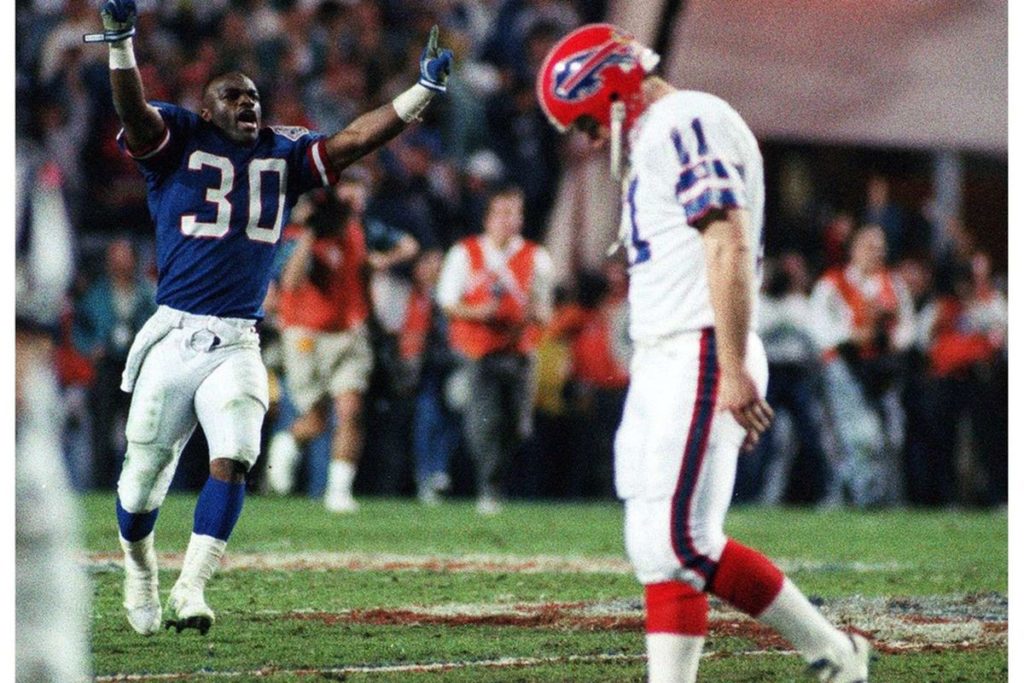
The NHL eventually settled upon six new teams to form a new “Western Division,” with franchise being granted to the California Seals, Minnesota North Stars, Los Angeles Kings, Philadelphia Flyers, Pittsburgh Penguins, and the aforementioned Blues. Funny enough, the Blues, along with Cleveland and Louisville, were the only city to be awarded a franchise despite note having a formal application sent in to the league.
The Blues franchise was awarded the last franchise over the city of Baltimore at the insistence of the Chicago Blackhawks owners, the influential Wirtz family. The Wirtz family had a bit of stake in the expansion, as they owned the old St. Louis arena. They convinced NHL President Clarence Campbell of the potential for a successful franchise in St. Louis and Campbell defended the choice in 1967.
“We want a team in St. Louis because of the city’s geographical location and the fact that it has an adequate building.”
The Blues first owners were insurance tycoon Sid Salomon Jr., his son, Sid Saloman III, and Robert Wolfson when they were granted the franchise by the NHL in 1966. Saloman III convinced his father to bid on the team despite Saloman Jr. being wary of the finances involved in owning a franchise. As a little-known side note, St, Louis Cardinals legend Stan Musial was one of the original 16 investors in the Blues alongside the Salomans.
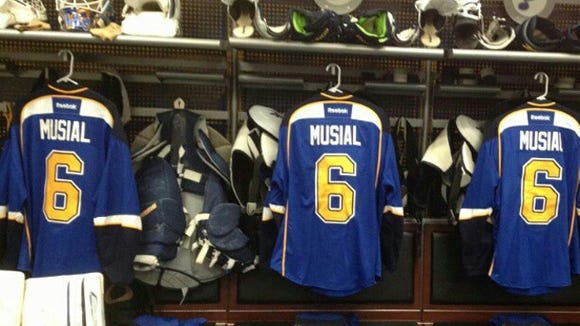
The Salomons purchased the arena from the Chicago-based Wirtzs, and spent millions of dollars to renovate the 38 year old arena – mainly to increase the seating capacity from 12,000 to 15,000. To make the franchise more stable at the time, the Salomans also deferred plenty of contracts until the mid-70s, which almost caused the team to go bankrupt when they began to struggle in later years.
The Blues first season would go down in history, with incredibly players like Terry Crisp and Red Berenson, as well as future Hockey Hall of Famers in Dickie Moore, Glen Hall, and Al Arbour (although Arbour went into the Hall for coaching as opposed to his skills as a Blues defence man). The Hockey News would later explain in their look at the five best season by expansion or relocated franchises – the Blues were fourth place on the list an the only expansion franchise to appear on the list:
“..Some will argue that the fourth spot is an unjust ranking for the Blues given they made it all the way to the Stanley Cup final, the only expansion team to ever do so. However, while there’s some merit to that, it’s worth contextualizing how the Blues made it to the final. The league was split into two divisions and, instead of battling out against the established organizations, St. Louis found themselves fighting for divisional supremacy against the other five expansion clubs. This is to say the Blues weren’t exactly beating the cream of the crop in the post-season. St. Louis managed to eke out seven-game series victories over the Philadelphia Flyers and Minnesota North Stars, though, before being swept in the Stanley Cup final by the Montreal Canadiens.”
The Blues would go on to be swept in two more Finals while representing the new Western Division, including another defeat at the hands of the Canadiens in 1969, and the famous Flying Bobby Orr in 1970.
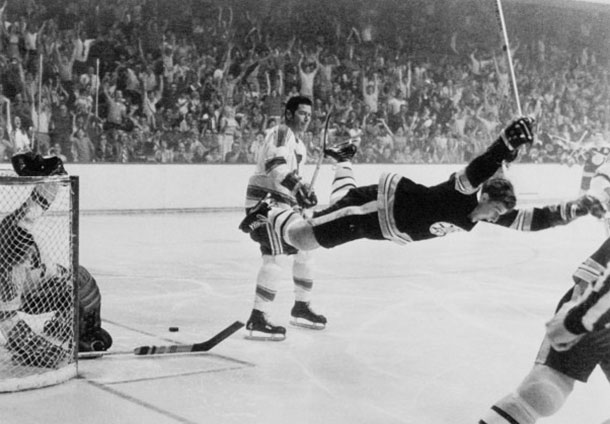
But for all of the history achieved in the early years, none of it mattered more than what happened last night. It also serves as a valuable life lesson, as life sometimes takes time to work out. Just ask the Salomans (and many other Blues players, executives, and fans), who never lived to see their dream become champions. It’s all worth it when it finally happens.
Just ask Blues’ captain Alex Pietrangelo:
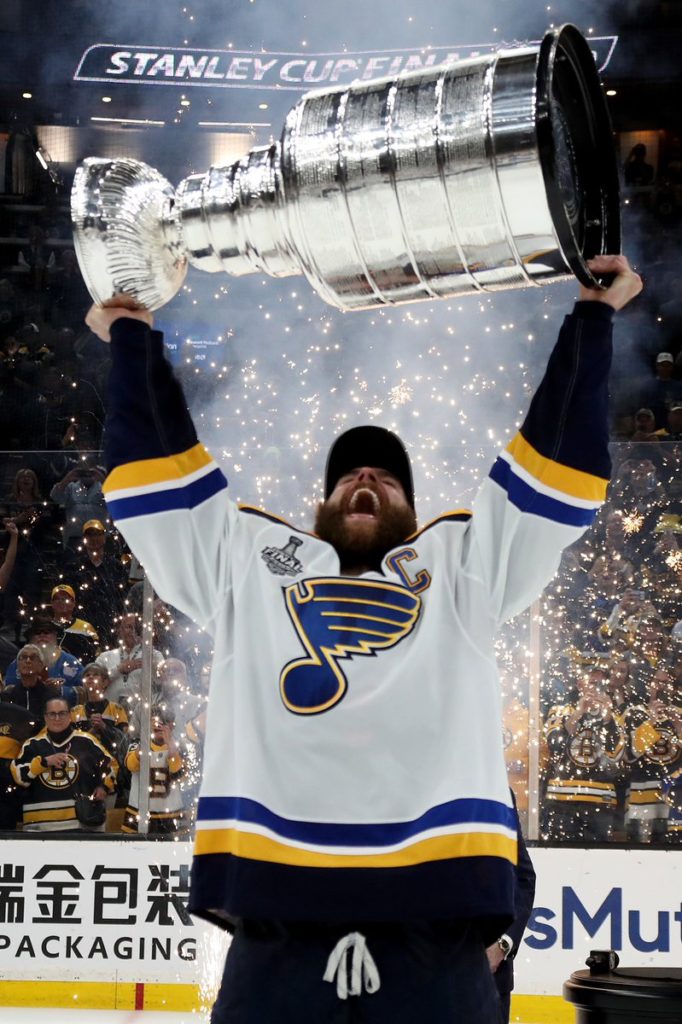
Stay tuned for next week’s Throwback Thursday!

